

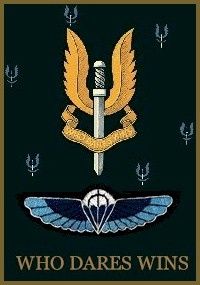


![]()
![]()
These men are highly dangerous... they must be ruthlessly exterminated.
- Adolf Hitler -
The British SAS (Special Air Service) was founded by Captain David Stirling and is one of the world's elite special forces. The regiment's famous motto is "Who Dares Wins" and the regiment's history dates back to WWII.
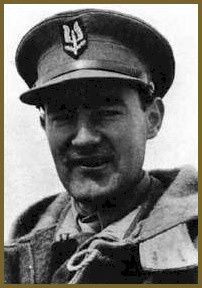
- The idea of creating a desert raiding force to weaken Rommel's supply lines and disrupt aircraft operationswas conceived by Captain David Stirling while recovering in hospital from a parachute training accident.
Stirling had already gained experience of working behind enemy lines in North Africa with Colonel Robert Laycock's 'Layforce' commando brigade. However, following three disastrous operations during which heavy losses were sustained, the group was disbanded in June 1941.
Remaining convinced of the basic concept, Stirling managed to bluff his way to see Major General Neil Ritchie (Deputy Commander-in-chief N.Africa & Middle East). His idea was to raise a new group from the remains of the Layforce organised into smaller units that would parachute down near enemy airfields, plant delayed-action explosives, then walk to rendezvous points to be picked up by L.R.D.G. (Long-Range Desert Group) patrols.
The plan was bold and both Ritchie and his Commander in Chief thought it might just work.
In July 1941 Stirling gained permission to form the L Detachment of the non-existent Special Air Service Brigade, a name intended to confuse German intellegence. His ideas proved difficult to put into practice without sustaining large losses of men either killed or captured On one disatrous occasion only two men made it back! Remembering a successful raid on an airfield carried out by the Layforce when closely supported by the L.R.D.G. in Chevrolet trucks mounted with .303 machine guns, Stirling turned his thoughts towards the potential of the jeep for carrying out his deep penetration raids behind enemy lines.Vehicles obtained by the British Army through the Lend-Lease Scheme were obtained and suitably modified for SAS use.
Their first successful raid soon followed on 17th November 1941, when two groups destroyed 61 aircraft at two airfields. Another raid was launched soon after; this time twenty seven were destroyed. By July 1942 the regiment had 15 specially modified jeeps in action in North Africa.
The jeeps were stripped of all non-essential parts including the windscreen, most of the radiator grille bars and even sometimes the front bumper to increase the effective load carrying capacity of the vehicle. Thus the large amount of fuel and water needed for fast long-range raids could be carried avoiding the need for slower support vehicles. A water condensing unit was fitted to the front to reduce loss from the radiator which would otherwise have had to be topped up from the limited drinking water supplies. The jeeps also carried sand mats, metal wheel channels, radio equipment and large quantities of ammunition.
The jeeps were heavily armed with combinations of both Browning and Vickers K machine guns. The ex-aircraft Vickers weapons were generally mounted in pairs and a total of up to five machine guns were carried on some vehicles. The effectiveness of this armament firing a mix of ball, armour-piercing and tracer shells can be judged from one assault on an airfield where 12 aircraft were destroyed in a five minute raid. With all guns blazing a single SAS jeep could deliver an impressive 5000 rounds per minute! The net result was that over 400 aircraft had been destroyed on the ground by November 1942. Stirling was finally captured in 1943 but escaped four times before being sent to Colditz where he spent the rest of the war.
As the front moved from Africa to Italy and then on into Northwest Europe so did the SAS. The scale of each action varied tremendously. In one operation (codenamed Houndsmith), 144 men were parachuted with jeeps and supplies into an area close to Dijon, France. In another four men in two jeeps killed or wounded 60 SS men destroying two staff cars and a truck in the process at the village of Les Ormes, France.
By late 1944 the SAS were operating behind German lines in Europe. Further modifications to the jeeps included the use of armour plate with bullet-proof glass screen at the front and a wire cutter fitted to the front bumper of some vehicles.
The effectiveness of the SAS in Europe during W.W.II can be judged from the fact that they inflicted 7,733 German casualties, 4,784 prisoners were captured and 700 vehicles were either destroyed or captured. 164 railways were cut, seven trains were destroyed and a further thirty-three derailed. The SAS was briefly disbanded at the end of W.W.II but the methods of organisation and operations had set the pattern for future SAS action in the Falklands and Gulf Wars.
![]()

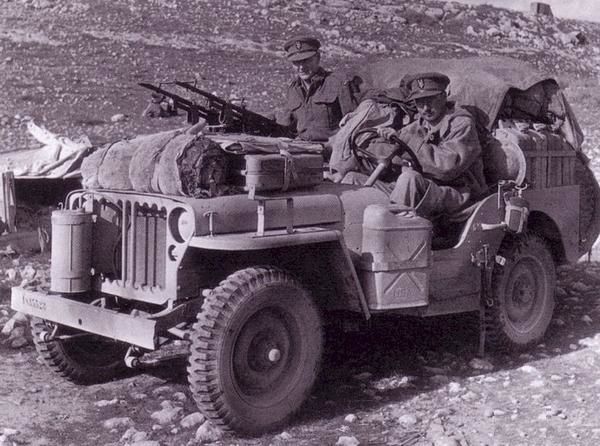
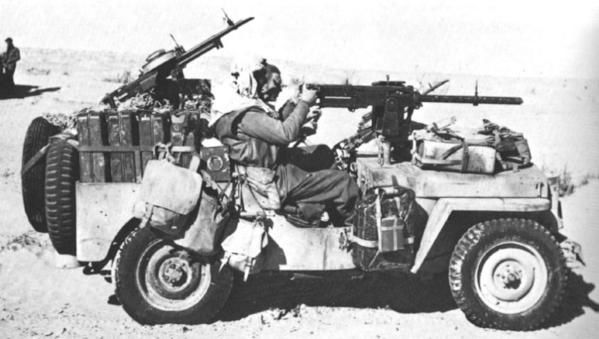

![]()
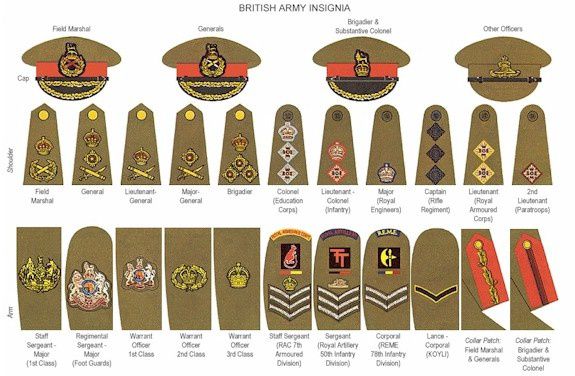
![]()

![]()
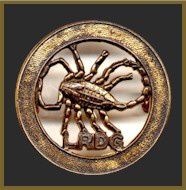
On September 13th, 1940, a quarter of a million Italian troops under Marshal Rodolfo Graziani crossed the Libyan-Egyptian border and started an attack on the British troops in Egypt. Their objective: to push through the weak British defences and reach the Suez Canal, thus threatening one of the Empire's most vital links with its overseas colonies. The outcome of the war might well have been different had the Italian troops succeeded in their campaign - however, just as the attack began, Graziani began receiving disturbing news of attacks on his supply chains: depots were raided, airfields burned to the ground, convois attacked and captured, all well behind the frontline and from a direction he had thought to be completely safe - his southern flank, bordered by a sand sea thought to be impassible for vehicles and troops.
The Italian offense halted, Graziani being uncertain how to deal with these unsuspected attacks that seemed to come out of nowhere, and the resulting break gave the British defenders all the time they needed to move in reinforcements and mount a counterattack.
Unknown to Graziani, these raids were not carried out by large troop contingents but by a small group of desert experts formed only six weeks before - the Long Range Desert Group, at the time consisting of no more than a couple dozen men and a handful of re-fitted civilian trucks. This bold movement that was to tip the scales in the Allies' favor in one of the most decisive moments of the war was made possible by the vision of two men - General Sir Archibald Wavell, head of the British Middle East troops, who had masterminded this effective bluff, and Major Ralph Bagnold, a World War 1 Veteran who had spent the interwar years as a desert explorer and had a knowledge of the Libyan desert unmatched in his time.
As the Italian offense drew near, Bagnold had quickly contacted his pre-war explorer buddies and -on Wavell's command- started to assemble a unit that could quickly move through desert terrain and strike at the enemy where he least expected it, using lightly armed and completely unarmored vehicles and operating completely self-sufficient, patrols being able to move through the desert for at least two weeks before resupplying.
During the course of the African Campaign, the unit conducted various raids on Axis targets far behind enemy lines, thus constantly threatening the Axis' interior lines of comminucation and aggravating Rommel's already precarious supply situation. Of equally great importance was LRDG's intelligence work - patrols could supply HQ with detailed information on number, speed and direction of enemy troop movement, giving Allied operations a tactical edge that considerably helped fasten the defeat of Rommel's Afrika Korps.
When in the battle of Alam Halfa Rommel's deputy, Wilhelm von Thoma, was captured, he was surprised to hear that Montgomery was better informed on German troop strengths and movements than he himself - information
Montgomery had largely obtained from LRDG patrols.
Just as the LRDG had won the day in the beginning of the African war, they also triggered the end of the campaign: in 1943, when General Freyberg attacked Rommel's last stand at Mareth, he moved his troops through "impassable" terrain to attack the Germans' weak southern flank, using a route an LRDG patrol had scouted out for him.
![]()
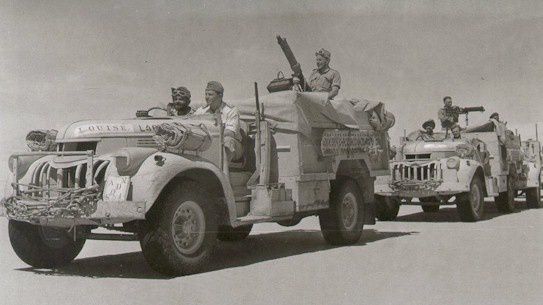
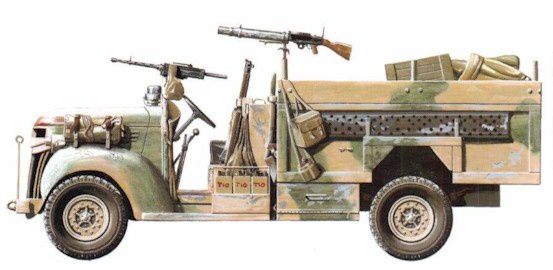


![]()
The Desert Raiders 1/5
The Desert Raiders 2/5
The Desert Raiders 3/5
The Desert Raiders 4/5
The Desert Raiders 5/5
![]()

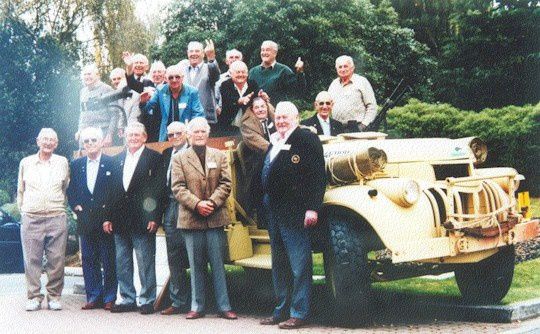

![]()
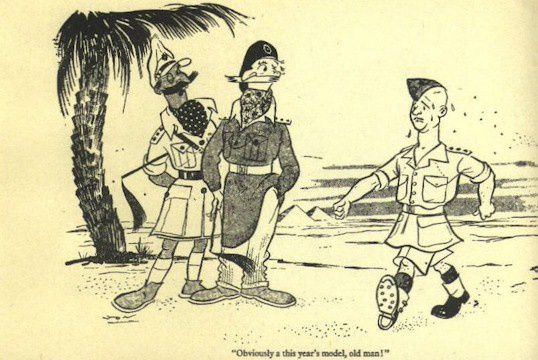
![]()
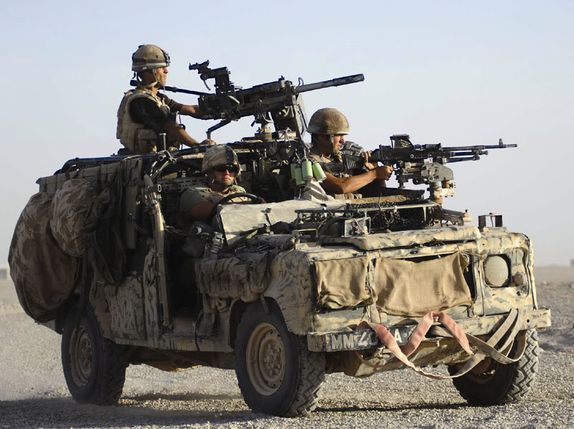

![]()

![]()





















/idata%2F0396584%2FKOREA%2F71910_korea_MIA1_800.JPG)
/idata%2F0396584%2FU.S.ARMY-POST-WW2%2Fphot4901a.jpg)
/idata%2F0396584%2FDRAWINGS-UNIFORMS-WW2%2F30-451-09b-2.jpg)
/idata%2F0396584%2FP-40%2F44FS000.jpg)
/idata%2F0396584%2FGERMAN-U-BOAT%2FBundesarchiv_Bild_101II-MW-1031-28-_Lorient-_U-31.jpg)
/idata%2F0396584%2FSOVIET-ARMY-WW2%2F1.jpg)




